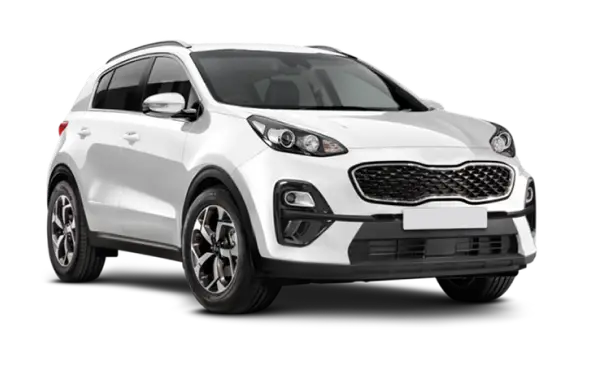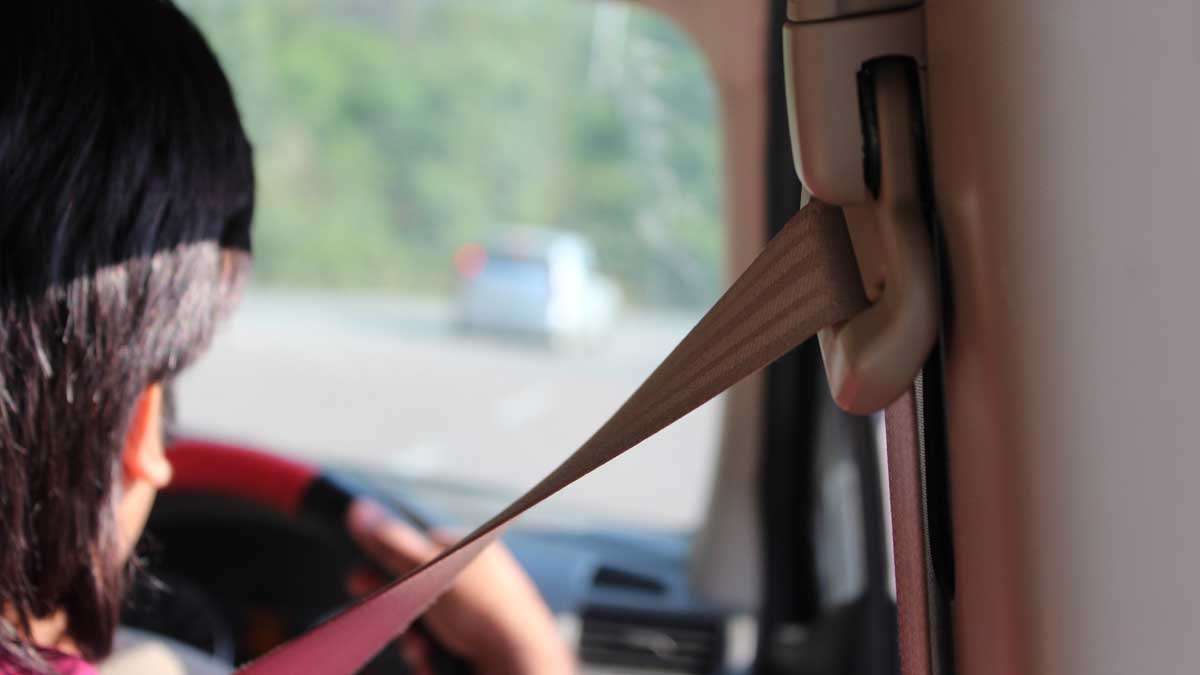Fatigued driving or ‘drowsy driving’ is when a driver loses attention due to being tired or sleepy. Many Australians may be unaware that fatigued driving can have a similar effect to drink driving on their driving performance. When people drive drowsy or fatigued, it increases the risk of having a car accident and poses a huge risk to driving safety.
What Causes Fatigued Driving?
Feeling fatigued to the point where you’re unable to concentrate can alter your ability to drive safely. Driver fatigue can be caused by many things, but commonly it affects people who are experiencing a lack of quality sleep. If you’ve been awake continuously (for more than 16 hours), you are also at risk of driver fatigue. Often long-distance truck drivers and people who are shiftworkers are more at risk of being involved in a fatigue-related crash – especially when they are driving home after completing a shift.
If you drive at times when you would normally be asleep (for example, in the early hours of the morning), your risk of fatigue is higher because of your biological clock making you feel sleepy.
Spending a lot of time concentrating on the road when driving for extended time periods can also cause driver fatigue. Driving long distances on the highway or on stretches of straight road is another cause of fatigue, as the lack of stimulation can make drivers feel tired.
How Do You Know When You May Be Experiencing Driver Fatigue?
There are several telltale signs of fatigued driving which include things like daydreaming, continuous yawning, having sore or heavy eyes, experiencing difficulty keeping your head up and having difficulty remembering the last few kilometres you’ve driven. A serious sign of drowsy driving is if you’re experiencing unintentional periods of light sleep, also called microsleeps.

What Are The Risks of Fatigued Driving?
Delayed or slowed reactions: Not being able to respond to changing conditions on the road can lead to dangerous situations. When driving while fatigued, the quality and accuracy of your driving can also dramatically drop.
Drifting in the lane: When you are fatigued, it’s harder to control your vehicle and you may find yourself veering into another lane. This poses a risk to other road users and increases your chances of having an accident.
Variations in driving speed: By losing focus, you may not be aware that you’re driving under the speed limit or breaking road rules and driving above it. Driving erratically can easily lead to accidents as it makes it difficult for other road users to anticipate what you’re planning to do.
Prioritise Driving Safety And Prevent Fatigued Driving
The most effective strategy for avoiding drowsy driving is to make sure you’ve had enough quality sleep the night before. Most adults need between 7 and 9 hours of sleep, while younger people require more. If you can, it’s also best to avoid driving late at night or in the early hours of the morning. Remember that if you need to drive for an extended period of time, it’s important to take regular breaks at least every 2 hours. If you notice any signs of fatigue, pull over when it’s safe and take a break. If you regularly feel sleepy or are experiencing problems with your sleep, it’s best to seek medical advice.
By taking steps to avoid fatigued driving, you can help contribute to road safety.

What Happens If I’m Involved In An Accident That Wasn’t My Fault?
Even if you follow all the rules and take steps not to drive when you are tired or sleepy, sometimes accidents still happen, and you may be involved in an accident that wasn’t your fault. After a not at fault accident, you’re entitled to be placed back into the position you were in before your accident. If you are an eligible driver, we may be able to assist you with a like-for-like vehicle at no cost to you, and for the entire duration of your repairs. Or, in the case of total loss, until you receive settlement. Apply now or call our team on 1800 445 958.





